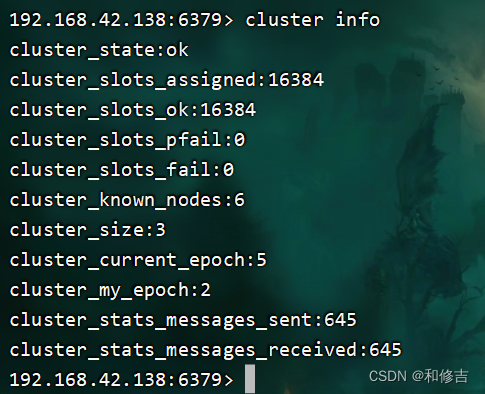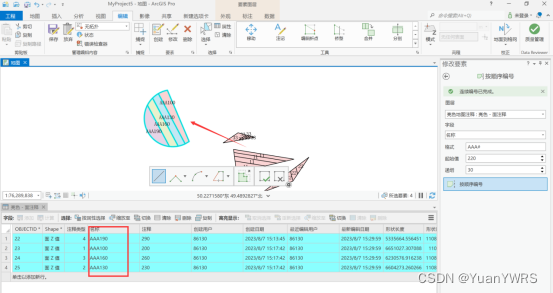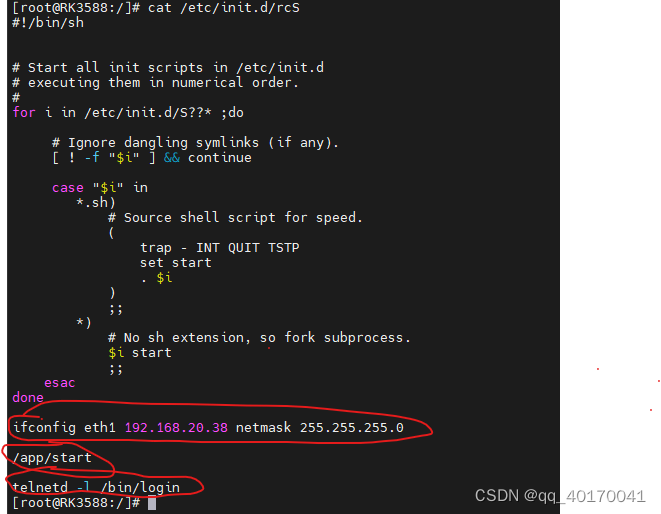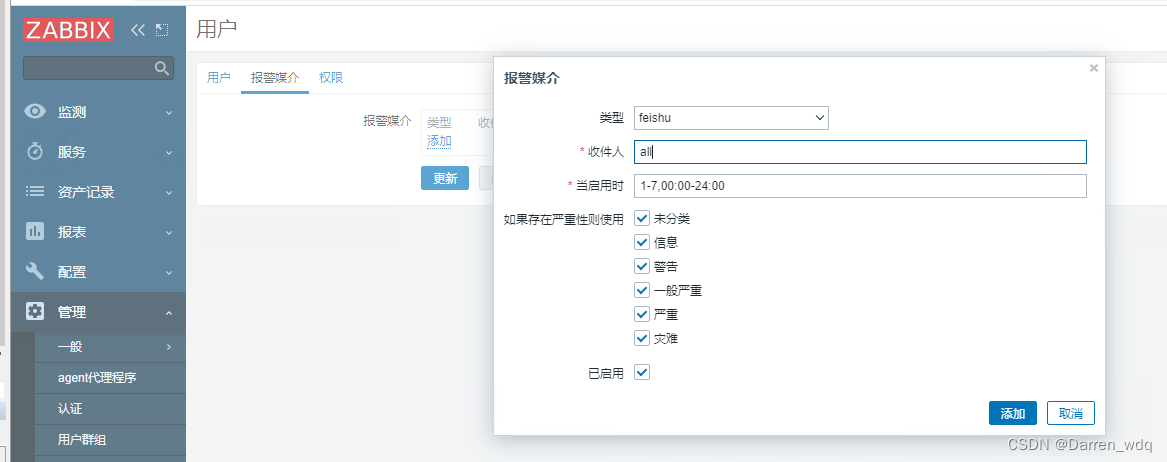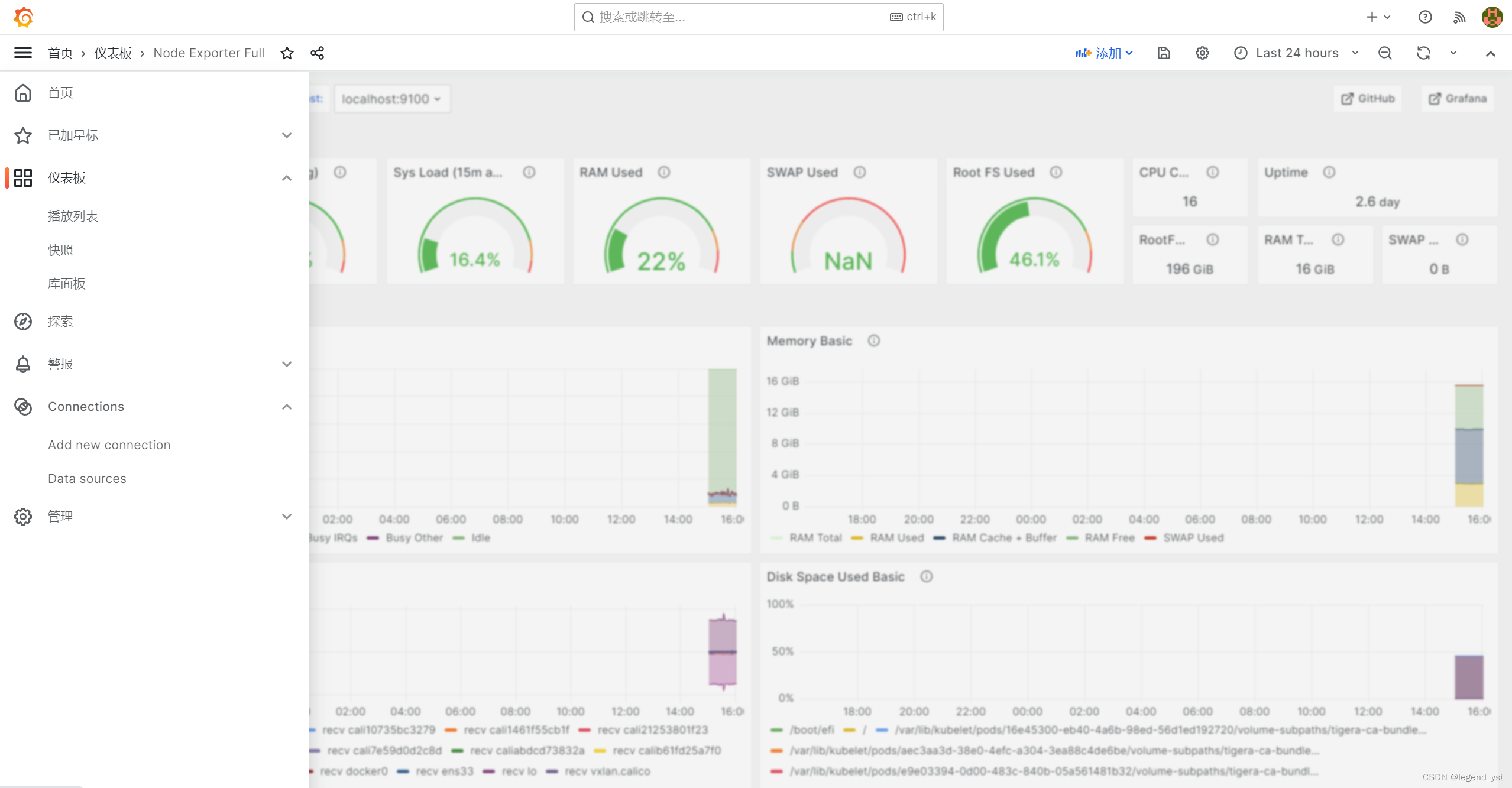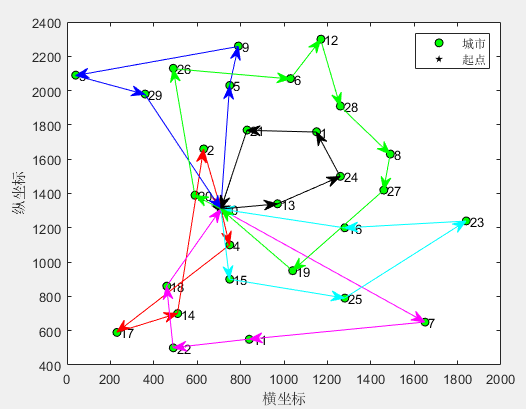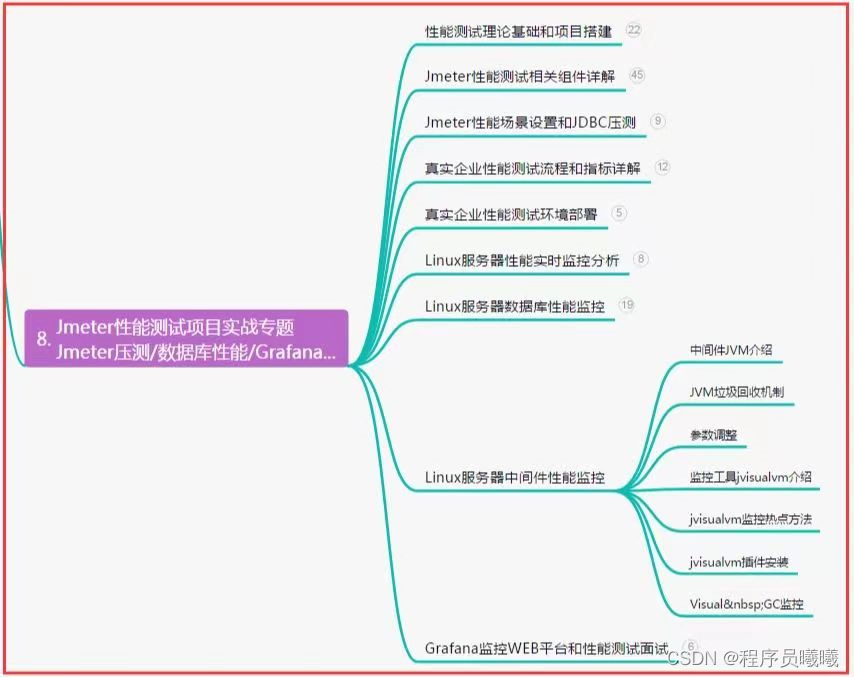PURPOSEIn Oracle 9i, the DBA has an explicit control over how indexes are affectedwhile creating, disabling, or dropping Primary Key (PK) and unique constraints.This bulletin explains the different behaviours of indexes associated withPrimary Key or UNIQUE constraints according to the new clauses used when you execute one of the following commands:CREATE TABLE ... PRIMARY KEY/UNIQUEALTER TABLE ... DISABLE PRIMARY KEY/UNIQUEALTER TABLE ... DROP PRIMARY KEY/UNIQUESCOPE & APPLICATIONIt is important for DBAs to know what happens to the indexes when creating,disabling or dropping a constraint relying on an index, since indexes may have to be rebuilt after these operations. This can have two consequences:- Indexes may be missing for the Cost Based Optimizer (CBO) if the DBA thinks that the index was not dropped. This can have a major impact on performance.- Index rebuilding takes time.Explicit control over INDEXES when DISABLING/DROPPING PK, Unique constraints:
=============================================================================A. Creation of Primary Key/Unique constraints and associated index ----------------------------------------------------------------In the following views, depending on the way you created the Primary Key (PK)or UNIQUE constraint and its associated index, you get these different combinations:+-----------------+ +------------+| DBA_CONSTRAINTS | | DBA_INDEXES|+-----------------+ +------------+----------------------------- ------------Constraint_name Index_name Index_name--------------- ------------- ------------
Case 1: Create constraint, and index PK_EMP_ID EMP_ID_IX EMP_ID_IX explicitely within the samestatement.Case 2: Create constraint, and index PK_EMP_ID PK_EMP_ID PK_EMP_ID implicitely within the same statement.Case 3: Create constraint and index PK_EMP_ID - EMP_ID_IX separately within twostatements.Enable the constraint. PK_EMP_ID EMP_ID_IX EMP_ID_IX-------------------------------------------------------------------------
Case 1: Create constraint and index explicitely within the same statement
-------------------------------------------------------------------------SQL> drop table <OWNER>.<TABLE_NAME>
Table dropped.SQL> create table <OWNER>.<TABLE_NAME>(emp_id NUMBERCONSTRAINT pk_emp_id PRIMARY KEY USING INDEX(CREATE INDEX <OWNER>.emp_id_ix ON <OWNER>.<TABLE_NAME>(emp_id)TABLESPACE indx),ename VARCHAR2(12),sal number);Table created.SQL> select index_name,uniqueness from dba_indexes where table_name='<TABLE_NAME>';INDEX_NAME UNIQUENES------------------------------ ---------EMP_ID_IX NONUNIQUESQL> select constraint_name,index_name, constraint_type from dba_constraintswhere table_name='<TABLE_NAME>' and constraint_type='P';CONSTRAINT_NAME INDEX_NAME C------------------------------ ------------------------------ -PK_EMP_ID EMP_ID_IX P-------------------------------------------------------------------------
Case 2: Create constraint and index implicitely within the same statement
-------------------------------------------------------------------------SQL> drop table <OWNER>.<TABLE_NAME>
Table dropped.SQL> create table <OWNER>.<TABLE_NAME>(emp_id NUMBERCONSTRAINT pk_emp_id PRIMARY KEY USING INDEX TABLESPACE indx,ename VARCHAR2(12),sal number);Table created.SQL> select index_name,uniqueness from dba_indexes where table_name='<TABLE_NAME>';INDEX_NAME UNIQUENES------------------------------ ---------PK_EMP_ID UNIQUESQL> select constraint_name,index_name, constraint_type from dba_constraintswhere table_name='<TABLE_NAME>' and constraint_type='P';CONSTRAINT_NAME INDEX_NAME C------------------------------ ------------------------------ -PK_EMP_ID PK_EMP_ID P--------------------------------------------------------------------
Case 3: Create constraint and index separately within two statements
--------------------------------------------------------------------SQL> drop table <OWNER>.<TABLE_NAME>
Table dropped.SQL> create table <OWNER>.<TABLE_NAME>(emp_id NUMBERCONSTRAINT pk_emp_id PRIMARY KEY DISABLE,ename VARCHAR2(12),sal number);Table created.SQL> create index <OWNER>.emp_id_ix on <OWNER>.<TABLE_NAME>(emp_id)tablespace indx;
Index created.SQL> select index_name,uniqueness from dba_indexes where table_name='<TABLE_NAME>';INDEX_NAME UNIQUENES------------------------------ ---------EMP_ID_IX NONUNIQUESQL> select constraint_name,index_name, constraint_type from dba_constraintswhere table_name='<TABLE_NAME>' and constraint_type='P';CONSTRAINT_NAME INDEX_NAME C------------------------------ ------------------------------ -PK_EMP_ID PSQL> alter table <OWNER>.<TABLE_NAME> ENABLE constraint pk_emp_id;
Table altered.SQL> select index_name,uniqueness from dba_indexes where table_name='<TABLE_NAME>';INDEX_NAME UNIQUENES------------------------------ ---------EMP_ID_IX NONUNIQUESQL> select constraint_name,index_name, constraint_type from dba_constraintswhere table_name='<TABLE_NAME>' and constraint_type='P';CONSTRAINT_NAME INDEX_NAME C------------------------------ ------------------------------ -PK_EMP_ID EMP_ID_IX PB. Disabling PK/UNIQUE constraints: what happens to the associated index ---------------------------------------------------------------------In Case 1 where the index was created explicitely within the same statementas the constraint, the index is in both cases disassociated from the constraint; depending on the clause "CASCADE DROP INDEX" usage, the index is dropped or not.In traditionnal Case 2, the behavior remains the same: using the clause "CASCADE DROP INDEX" or not does not influence the usual behavior: it automatically drops the relying index.In case 3, disabling the constraint drops the index or not: * if the constraint has never been enabled, it never drops the index.* but in most cases, the constraint has been enabled for some time. In this case, the clause "CASCADE DROP INDEX" drops the index.+-----------------+ +------------+| DBA_CONSTRAINTS | | DBA_INDEXES|+-----------------+ +------------+----------------------------- ------------Constraint_name Index_name Index_name--------------- ------------- ------------
Case 1: ALTER TABLE ... DISABLE PK PK_EMP_ID - - CASCADE DROP INDEX;orALTER TABLE ... DISABLE PK; PK_EMP_ID - EMP_ID_IX Case 2: ALTER TABLE ... DISABLE PK PK_EMP_ID - - CASCADE DROP INDEX;or ALTER TABLE ... DISABLE PK; PK_EMP_ID - - Case 3: ALTER TABLE ... DISABLE PK PK_EMP_ID - - CASCADE DROP INDEX;or ALTER TABLE ... DISABLE PK; PK_EMP_ID - EMP_ID_IXC. Dropping PK/UNIQUE constraints: what happens to the associated index ---------------------------------------------------------------------In Case 1, where the index was created explicitely within the same statementas the constraint, the index is by default KEPT when the constraint is dropped.If you want the index to be dropped, you have to explicitely ask for it through the "DROP INDEX" clause.In case 2, the behavior is the opposite: if you want the index to be kept and the constraint dropped, you have to explicitly ask for it with the "KEEP INDEX" clause; otherwise the index is DROPPED by default.In Case 3, dropping the constraint drops the index or not: * if the constraint has never been enabled, it never drops the index.* but in most cases, the constraint has been enabled for some time. Then the index is by default KEPT when the constraint is dropped. If you want the index to be dropped, you have to explicitly ask for it with the "DROP INDEX" clause.+-----------------+ +-----------+| DBA_CONSTRAINTS | |DBA_INDEXES|+-----------------+ +-----------+----------------------- ------------Constraint Index_name Index_name----------- ----------- ------------
Case 1: ALTER TABLE ... DROP PK DROP INDEX; - - -
Case 1: ALTER TABLE ... DROP PK KEEP INDEX; - - EMP_ID_IX
Case 1: ALTER TABLE ... DROP PK; - - EMP_ID_IX Case 2: ALTER TABLE ... DROP PK DROP INDEX; - - -
Case 2: ALTER TABLE ... DROP PK KEEP INDEX; - - PK_EMP_ID
Case 2: ALTER TABLE ... DROP PK; - - - Case 3: ALTER TABLE ... DROP PK DROP INDEX; - - -
Case 3: ALTER TABLE ... DROP PK KEEP INDEX; - - EMP_ID_IX
Case 3: ALTER TABLE ... DROP PK; - - EMP_ID_IX
![]()


